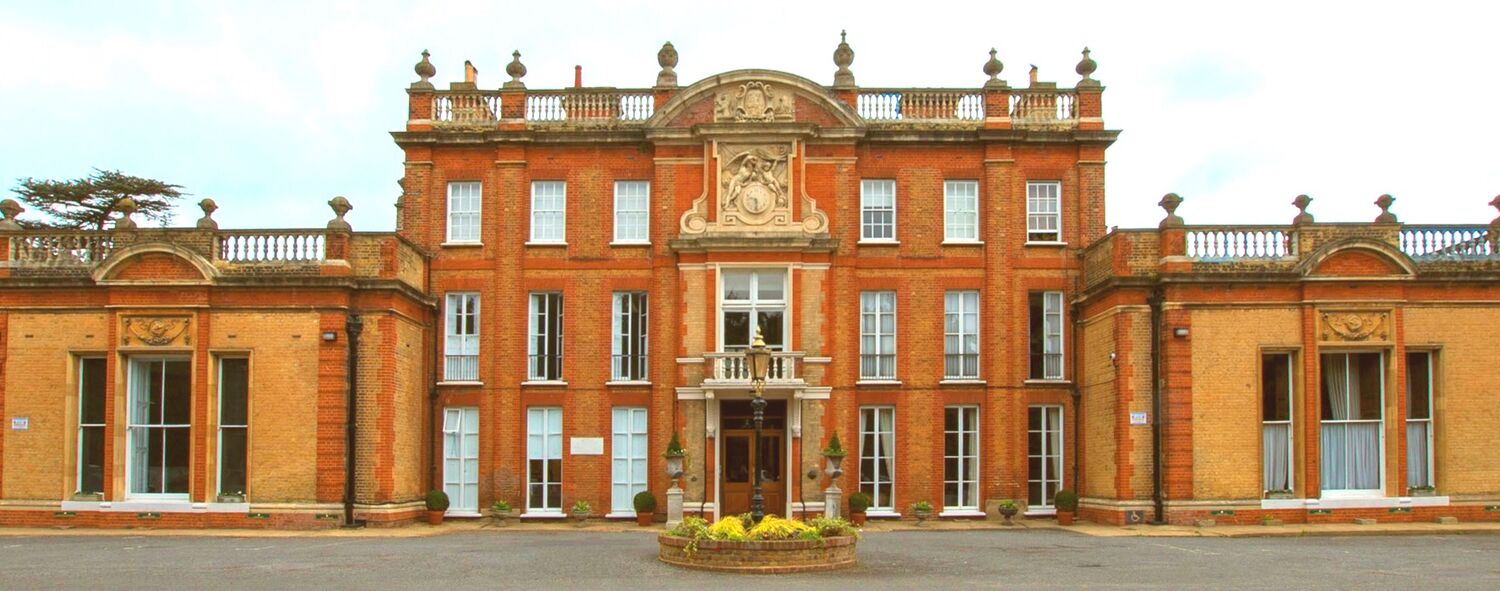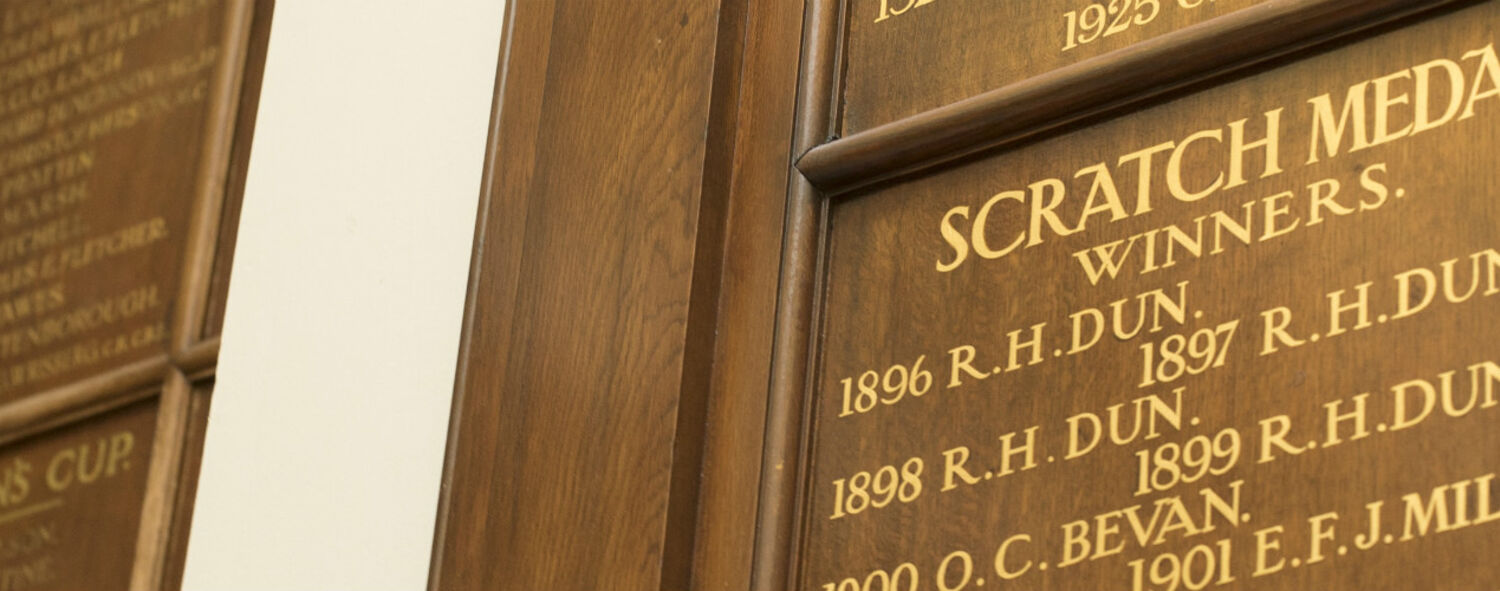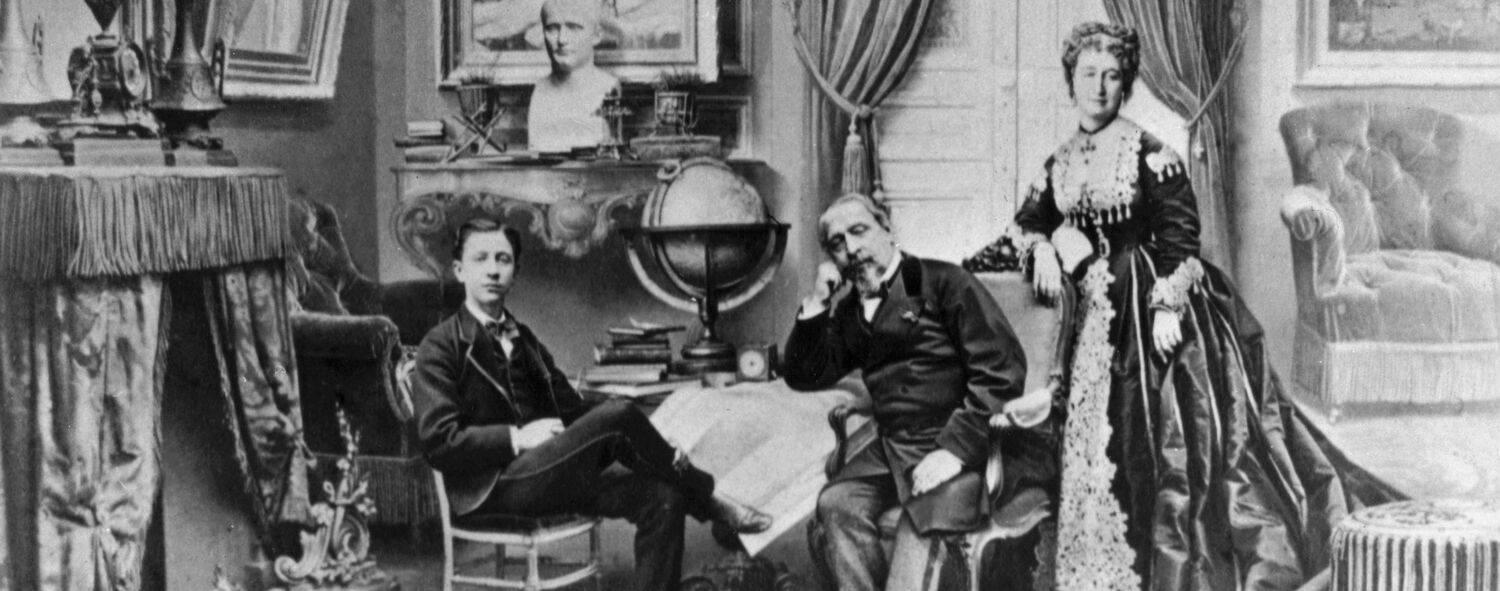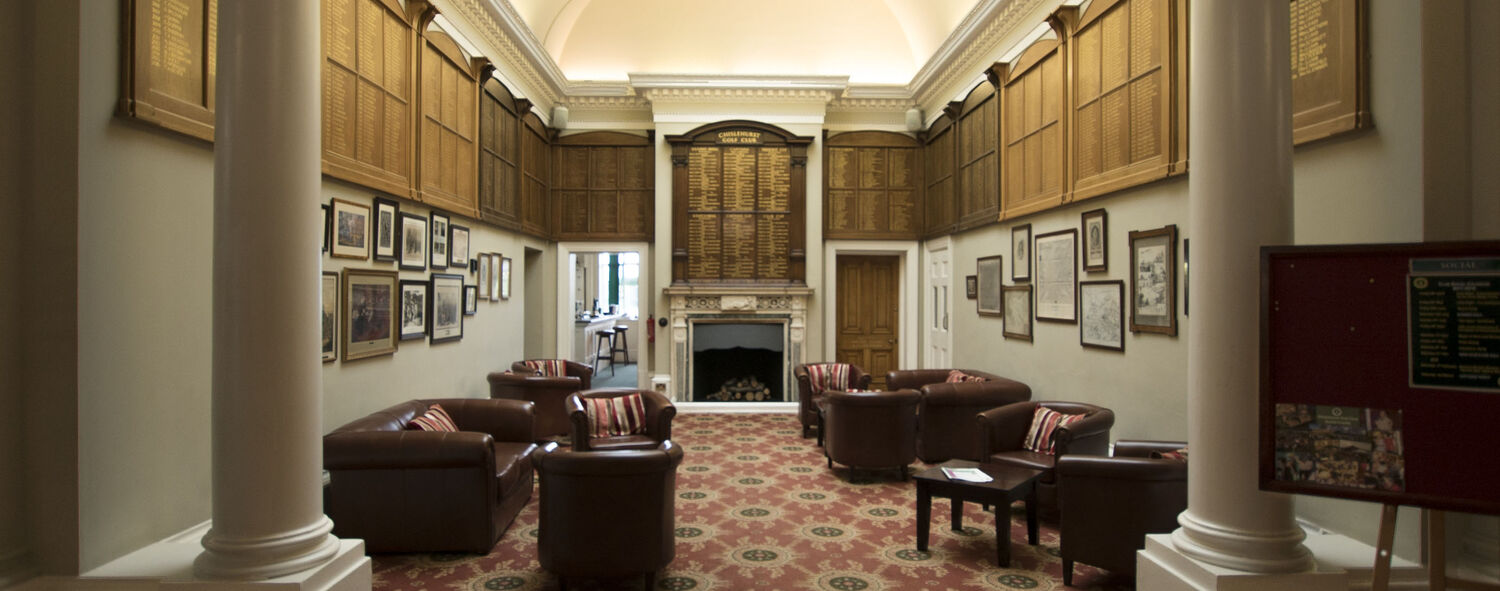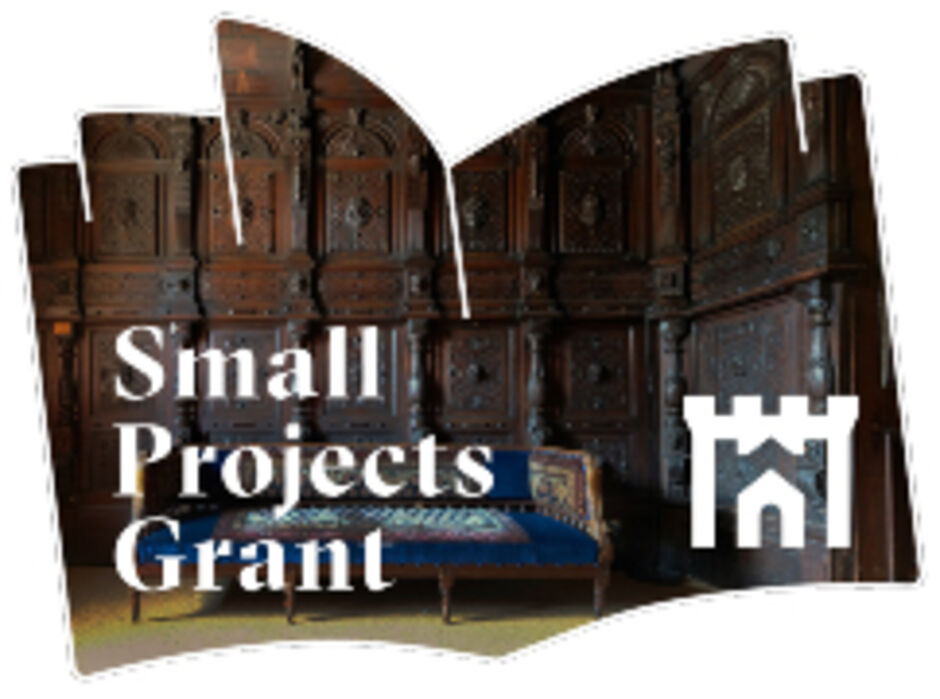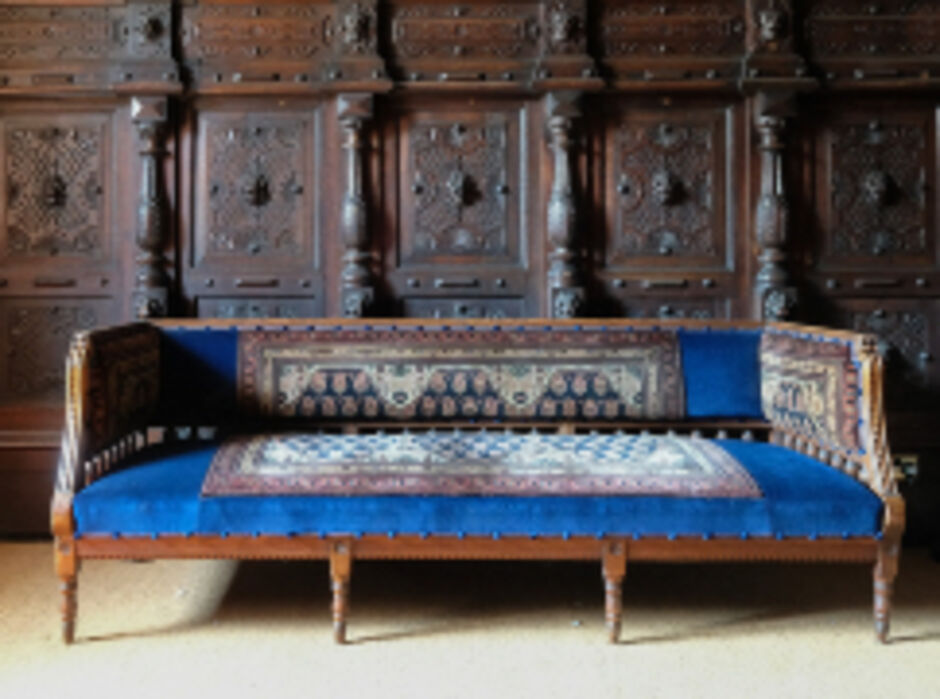
Sir Charles Pratt / Lord Camden
1714 - 1794
A folly, a ceiling and global links
In 1760 a radical lawyer, Charles Pratt purchased Camden House and began a 20-year building project, converting a country house into a Georgian mansion.
He renamed the house, Camden Place and appointed architects George Dance a friend, James ‘Athenian’ Stuart to help with decoration and buildings outside; a folly and bath house.
His daughter was the project manager and letters in the Kent archive question the location of the folly but beg her to be sure the bath house is completed.
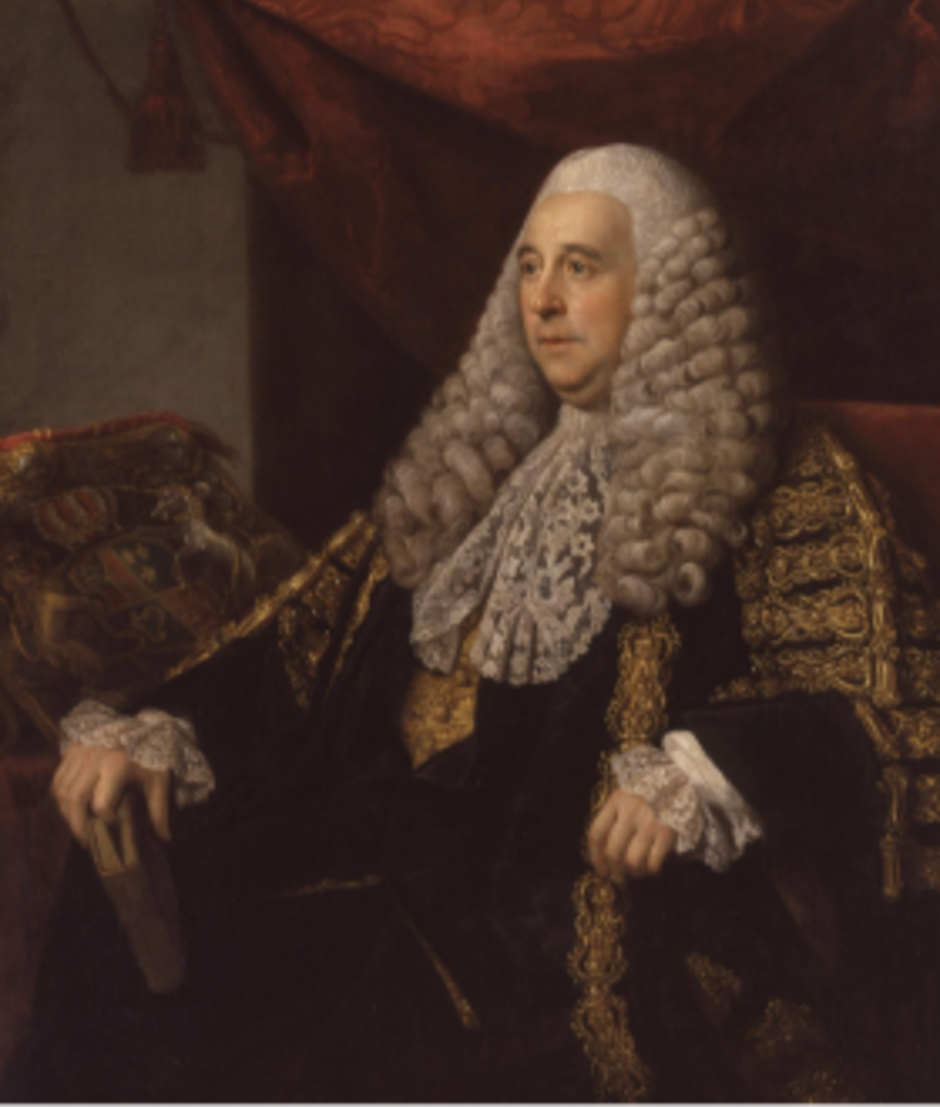
This portrait in the National portrait gallery is by Nathaniel Dance a nephew of the architect.
By 1765 he was Attorney General, and like his father, Lord Chief Justice. In 1776 he was made an Earl when he became Lord Chancellor and took the title Baron Camden of Camden Place.
This caused some comment. ‘it is an astonishing thing and without precedent that a man should be allowed to take another man’s surname as his title, but that is what happened.’
Sir Gerald Wollaston, sometime Garter King of Arms
It was Sir Charles Pratt who by taking the title Lord Camden exported the Camden name globally.
Through his wife he owned property in North London, Camden Town and subsequently 23 towns and cities in USA were named after him and one in New South Wales. He was a supporter of the American’s right not to be taxed without representation – winning the hearts of many and he helped an Australian settler gain the right to farm land in Australia.
His mark was not just on the identity of the property but its whole look and feel. George Dance added an L shaped extension wrapping around the old L shaped country house. At the east of the house there was a three room, three storey extention – comprising a rear entrance complete with secret doors allowing discrete access for the staff into the new eating and sitting rooms.
A two-story wing was added on the south and a magnificent main entrance led into the grand drawing room, which in turn overlooked the grounds and Stuart’s temple shaped folly based on the Monument of Lysicrates near the Acropolis in Athens.
Upstairs was now 8 bedrooms with dressing rooms and sitting rooms whilst the third floor had enough space for 10 servants.
Camden died in 1794 and the property passed to his brother before being sold.

